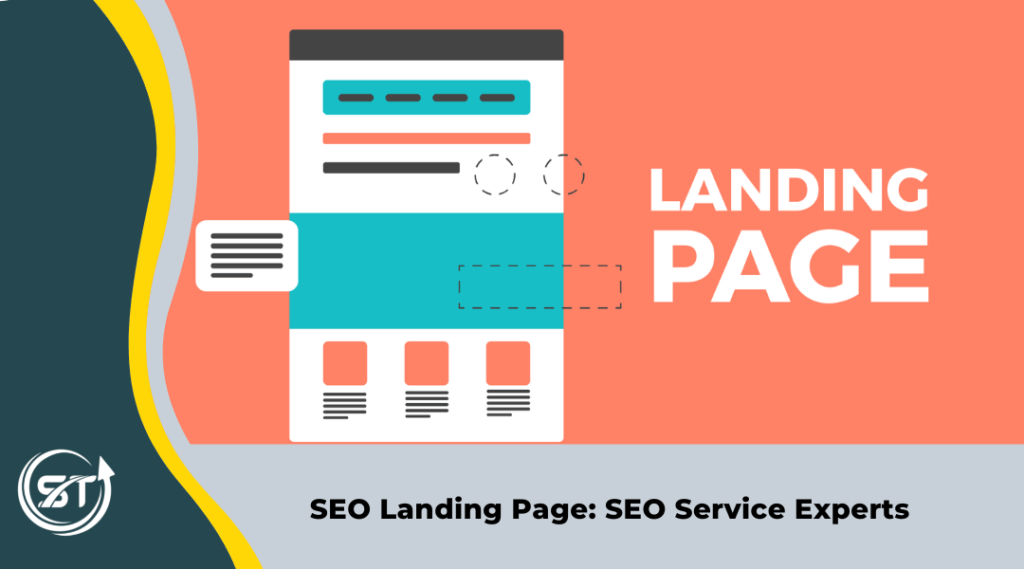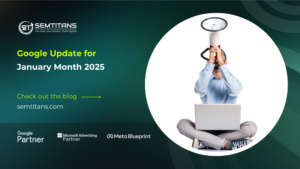
The customer experience is the top priority in all marketing today. The advent of online shopping and the ever-changing digital landscape has changed how businesses can engage with their visitors. From customer testimonials to customer service ratings to social media engagement, the goal is to demonstrate how you can deliver outstanding customer benefits.
As per digital marketing consultants, successful campaigns are successful because they attract the right audience and convert that audience into a lead, customer, or client. For that, you need a page that communicates and converts. A page that will entice your visitors, convince them to do business with you, and then help them move through the buying cycle. The right landing page can make those things happen.
Table of Contents
ToggleSo, what is a landing page?
A landing page is a single web page that a website visitor arrives at after clicking on a link from the search results, social media, or an email. It is the first impression a visitor gets of your business. They are used to convert visitors into leads. Landing pages offer a focused experience by providing an area of your site dedicated to the purpose that is not cluttered with other content or distractions.
While designing the landing pages, the focus should be on proper design in attracting the customer or guiding the visitor through the sales funnel by providing value, including call-to-action buttons and proper forms that encourage your visitor to sign up, download, or book a call.
Search engine optimization (SEO) can help your website to rank higher in search engines, improving your website’s traffic and conversions and making it easier to find. But did you know that you can also apply SEO tactics to landing pages? In this blog will go through some tips to optimize the landing page for SEO.
How to optimize the landing page for SEO
Keyword Research
Starting with keyword research can be a critical aspect of landing page optimization. Get started with keyword analysis by identifying potential search terms that your target audience is likely to use when they’re looking for information about your business, product, or service. For the best keywords for SEO, not only is what audiences are searching important, but what’s going on in your industry and what your competitors are doing are essential.
Once you have an idea of what terms people are likely to use when searching for information related to your company or business, using some keyword research tools. You can sit down and create targeted landing pages that resonate with searchers looking for products or services like yours. You can also use strategies like using long-tail keyword phrases that support accurate search intent. Adding secondary keywords that add additional context to your writing and ensuring each keyword appears naturally throughout your content means no keyword stuffing.
Publish Your Website Pages to Your Own Domain
Instead of publishing your landing pages to a subdirectory, using your own actual root domain name is recommended. This allows search engines like Google to crawl and index your page more easily.
Publishing your website to your own domain has several benefits. First, it’s more professional. It also helps establish your website as a legitimate source of information, ensures better brand consistency, and gives you total control over how it’s displayed to search engines and visitors.
Creating SEO-Friendly Title
The title of your page is the most important detail to consider regarding SEO. Make sure it is accurate and informative. SEO service experts recommend keeping title lengths between 55 and 60 characters to ensure they are still readable within SERP listings.
Optimizing URL
Your page’s URL is one of the essential elements in SEO. Optimizing your URL helps search engines understand where your landing page fits into the larger structure of your site. Keep your URLs as short and concise as possible to take the best advantage of search engine optimization. Your most important keywords should be included in the first words in the URL under 65 characters and separate concepts with slashes for readability.
Meta Description
Your meta description helps determine whether search engine users will click through to your site. Write it in a way that gives them a general idea of what they can expect from your page. Meta descriptions are around 160 characters long, but you can use all of that space to create compelling and informative text.
Optimizing Images
Optimizing images for search engines is different than optimizing text; when choosing images, be sure they’re high-quality and serve a real purpose. While optimizing, the main focus should be on the alt text, which functions like the title in text and include your most important keywords in the alt text. You can optimize your image URLs for SEO by keeping them short and separated by slashes. Remember that search engines truncate URLs longer than 65 characters in SERP results.
Content Structure
The structure of your website should be in a way that gets people excited about the possibilities. The content structure of your landing page can influence whether visitors convert or bounce entirely, so it’s essential to get it right. The content of your website is one of the most critical factors that affect how users experience on your site and perceive your brand. If your content lacks freshness, relevance, or quality, those visitors may leave for other sites which provide them with exactly what they were looking for. Lack of content quality can also negatively impact the rankings of your brand.
Link Building Plan
A link-building plan is essential to raising your search engine rankings. Links from other pages on the web are one of the strongest signals of trust that search engines look at when they decide how relevant your landing page content is compared to others. So, it’s important to ensure that you have a strong strategy for building links early in the process to attract and keep backlinks by sharing your content. You can create landing pages with shareability in mind and encourage people to share your content across social media.
Simple And User-Friendly Forms
Forms are the backbone of subscription-based products, business models, and online services. Customers who fill out a form to understand and purchase your service or product provide you with invaluable information that helps you find out what they’re looking for. The form should be short, simple, and user-friendly. If visitors don’t have time to fill out your page, they become more impatient and less likely to do so. But when you create a form that only asks for the bare minimum of information, people will gladly give it to you. Landing pages are great for driving lead generation, and forms play an integral part.
Monitor Page Speed
Landing pages are meant to generate leads and customers for a company, but if the page does not load properly, it will only drive them away. Page speed is an important factor in search engine rankings. Fast loading ensures a user-friendly experience and reduces bounce rates, as users get frustrated by slow loading and click away from your site.
To improve page speed, you can use smaller images, reduce the number of requests your page makes, and remove redirects. Monitor Page Speeds allows you to monitor page speeds across different sites easily and report any issues you find in one place.
Final Thought
When it comes to landing pages, the process of getting results can take time. That’s why it is essential to know how to optimize your landing page for search engine optimization and get the high-quality leads that your business needs.
Also read: Connect Shopify To Stripe And PayPal












